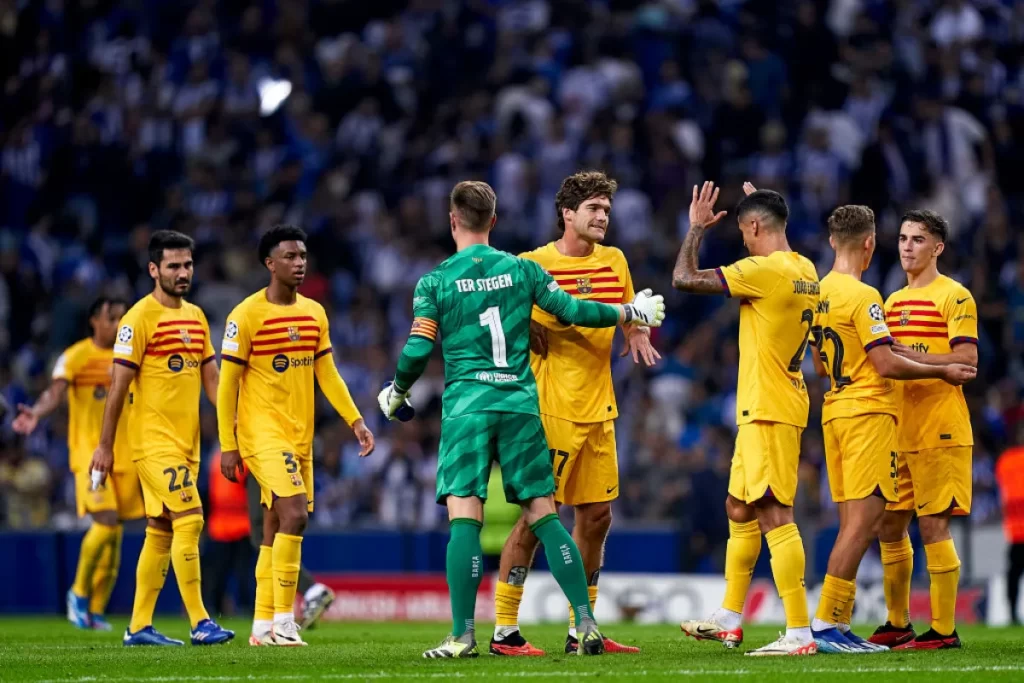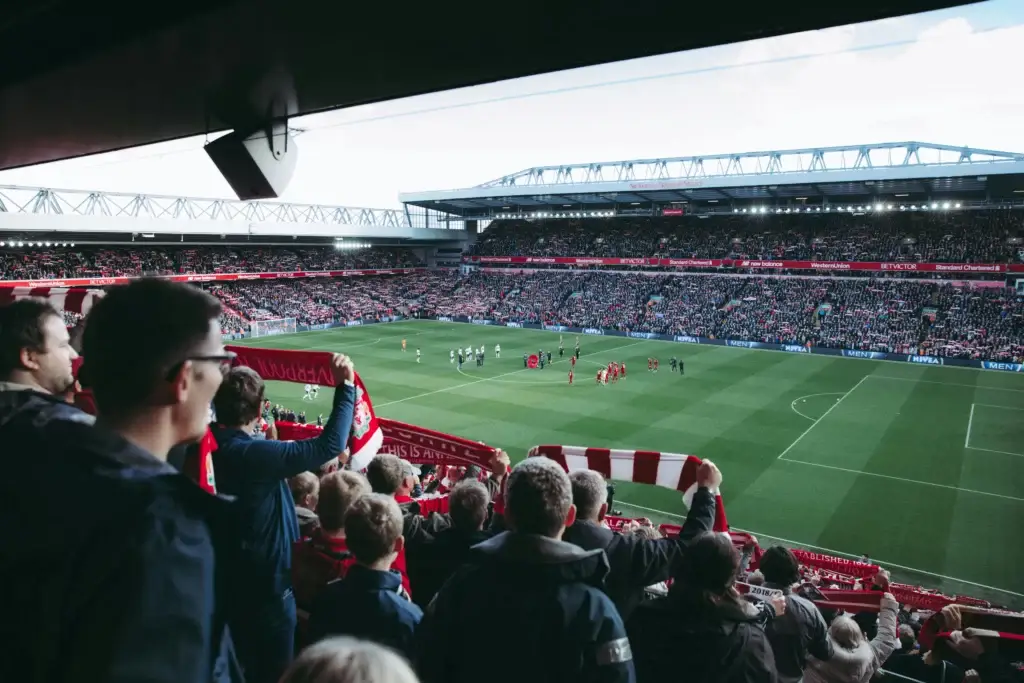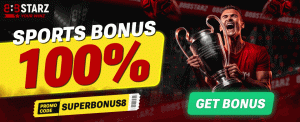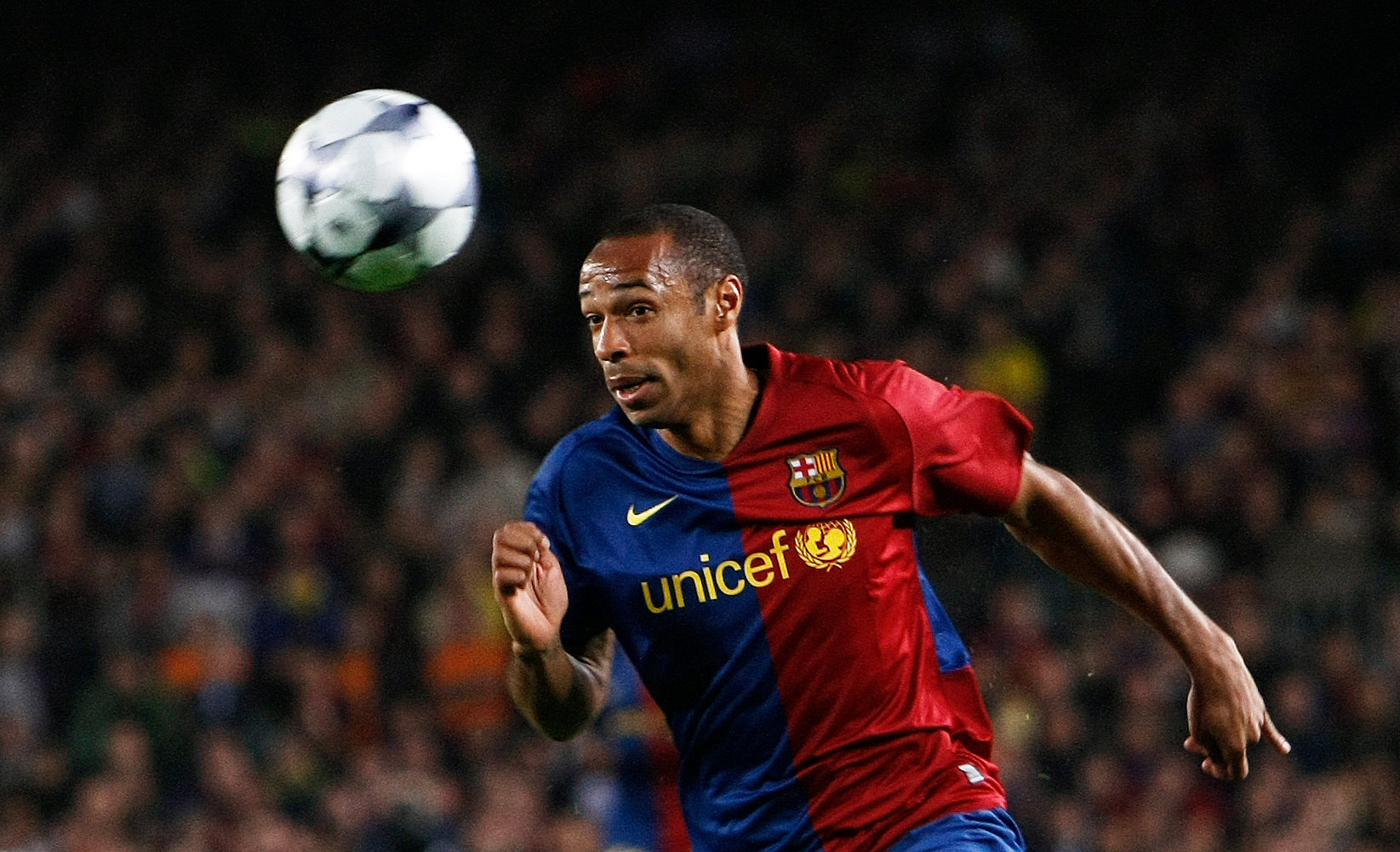Football is a vast universe with its own rules, traditions, and numerous championships. If you’re starting to get into the sport, you’ll likely want to know about the various leagues in football. Spoiler: There are quite a few of them. Each association represents a unique history, culture, and passion that connects millions of fans around the world. In this article, we want to understand in detail the structure of the leagues, their differences, and the secrets that make them so important to the sport.
History and development
The history of team associations began in England in 1888, when the world’s first football league was founded. The idea of organising a regular championship came from the director of Aston Villa, William McGregor. He planned to organise the competition better and make it more attractive for spectators. Thus began an era of tournaments that eventually spread throughout Europe and the world.

In 1955, the European Champion Clubs’ Cup (now the UEFA Champions League) was created, in which the best teams from different countries compete against each other. The development is closely linked to the economic boom – after the introduction of major sponsorship deals and television rights in the 1990s, goalkeeping became a genuine entertainment industry.
Football leagues of the world: from the most famous to the most exotic
Let’s start with the strongest football leagues, as these are of the greatest interest. The English Premier League, La Liga and Serie A are names that sound like hymns to the greatness of the pitch. They impress not only with the quality of the game, but also with their long history, great competition, and strong financial backing.
Since the English FA was founded in 1992, it has become not only a favourite, but also one of the most profitable clubs, bringing in more than €5 billion per season. La Liga, on the other hand, boasts giants such as Real Madrid and Barcelona, while Serie A has produced club legends such as Milan and Juventus.
How the tournament leagues differ
The differences are manifold and range from the format of the matches to the number of participants and the relegation system. In the English league, for example, 20 teams play in a round-robin tournament in which each team plays every other team twice – at home and away. Similar rules apply in Ligue 1 in France, although 18 teams play there. The Bundesliga in Germany, for example, is known for its openness to young players and its aggressive attacking tactics, while the Italian Serie A is a true fortress of defence where tactical chess is paramount.
The most popular football leagues and how they are organised
 The best representatives have not gained their reputation by chance. Careful organisation and huge investment in infrastructure have made them what they are today. So what are the leagues in football that have gone down in the history of the sport forever? Let’s take a look at them.
The best representatives have not gained their reputation by chance. Careful organisation and huge investment in infrastructure have made them what they are today. So what are the leagues in football that have gone down in the history of the sport forever? Let’s take a look at them.
The English league, the Bundesliga and La Liga, put incredible resources into attracting the best coaches and players and making the games spectacular. For example, Roman Abramovich bought Chelsea FC in 2003 and invested hundreds of millions of dollars in transfers, which helped the club win several titles and promotion to the English football league.
In 2006, Barcelona signed Ronaldinho in La Liga. This purchase was one of the most significant in history and skyrocketed the club’s popularity. In Germany, FC Bayern Munich has invested heavily in training players such as Thomas Müller and Philipp Lahm since the 2000s, making the Bundesliga even more competitive. FC Bayern is also known for its record-breaking stadium crowds and the English league for its worldwide television broadcasts, which are watched by millions of fans around the world.
Football leagues in Europe and Russia: what are the differences?
Europe
They are more than just sporting tournaments, but represent a culture and heritage that has been shaped over decades. The associations differ in their organisational approaches and styles of play. The Bundesliga, for example, focuses on youth and offence, La Liga is known for the individual skills of its players, and Ligue 1 in France is known for its physicality and speed. Each of these championships has its own special features that set it apart from the others.
Russia
What leagues are there in Russian football and how do they differ? The tournaments are organised according to a hierarchical system, with the RPL being the highest level. It consists of 16 teams competing for the national title and the opportunity to represent Russia in European matches. The RF emphasises physical endurance and defensive strategies, which sets it apart from the more technical Western European communities.
In addition to the RPL, there are other leagues in Russia such as the FNL and the PFL. Below the PFL, there are amateur leagues that are not categorised as professional leagues.
The most famous clubs in world football and their influence on the leagues
The best clubs in the world:
- Real Madrid: Has won the Champions League 14 times since 1955, confirming its status as one of the best representatives of the continents.
- Barcelona: Legendary performances in La Liga, especially in the Lionel Messi era, have made this club a global brand.
- Manchester United: Attracted millions of fans with its success in the English Premier League in the 1990s and 2000s and became one of the most commercially successful clubs.
- Bayern Munich: Dominance in the Bundesliga and European successes have ensured continued support from fans and sponsors.
They are all the face of their clubs, they are what make them attractive to spectators and sponsors.
The most popular football leagues: What makes them so popular?
The answer lies in their ability to provide spectacle, attract stars and maintain a high standard of play. England – high-speed spectacle with the best players in the world. La Liga – the magic that comes from champions like Lionel Messi and Cristiano Ronaldo, who have characterised the Spanish style for decades. Bundesliga – the unique atmosphere in the stadiums and amazing fan movements such as Borussia Dortmund’s Yellow Wall. All of this makes it incredibly popular not only in Europe, but also beyond.

Conclusion
 We have answered the most important question and you now know which leagues there are in football. We can confidently say that each of them is unique. Some are attracted by dynamism, others by technique, others by originality. Each one, whether European or Russian, has its own culture and traditions that make it special. It’s time to choose your favourite team and immerse yourself in this amazing civilisation full of emotions and unforgettable moments.
We have answered the most important question and you now know which leagues there are in football. We can confidently say that each of them is unique. Some are attracted by dynamism, others by technique, others by originality. Each one, whether European or Russian, has its own culture and traditions that make it special. It’s time to choose your favourite team and immerse yourself in this amazing civilisation full of emotions and unforgettable moments.
 en
en  de
de  ar
ar  es
es  nl
nl  hi
hi  fr
fr  it
it  pt
pt  el
el 










